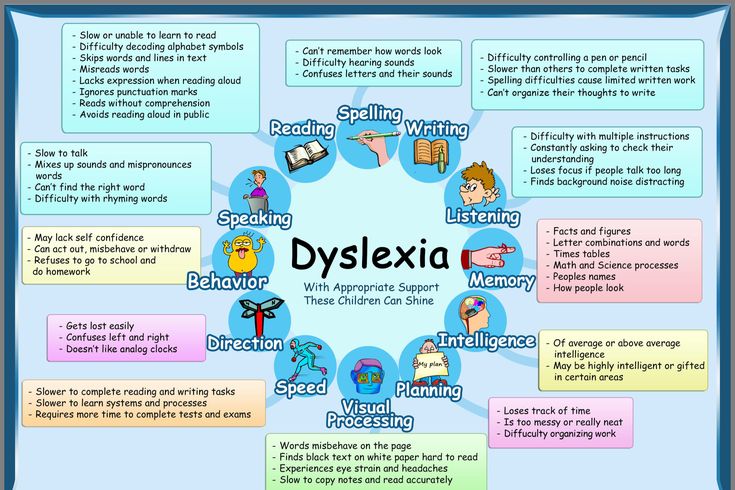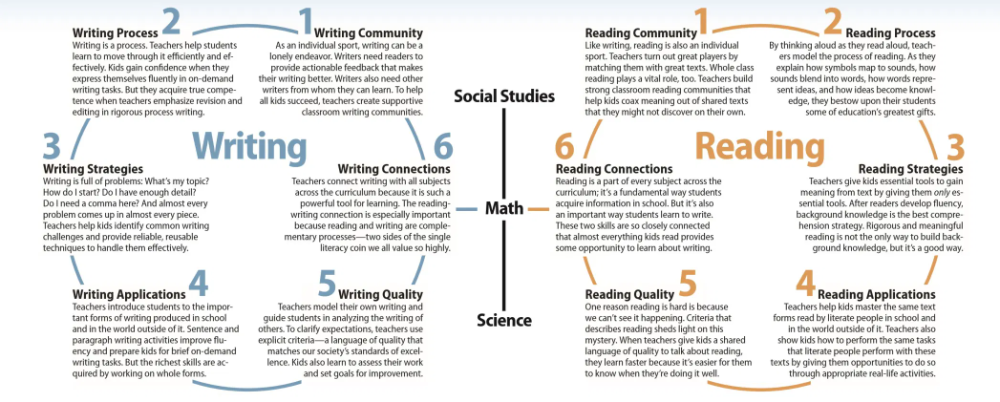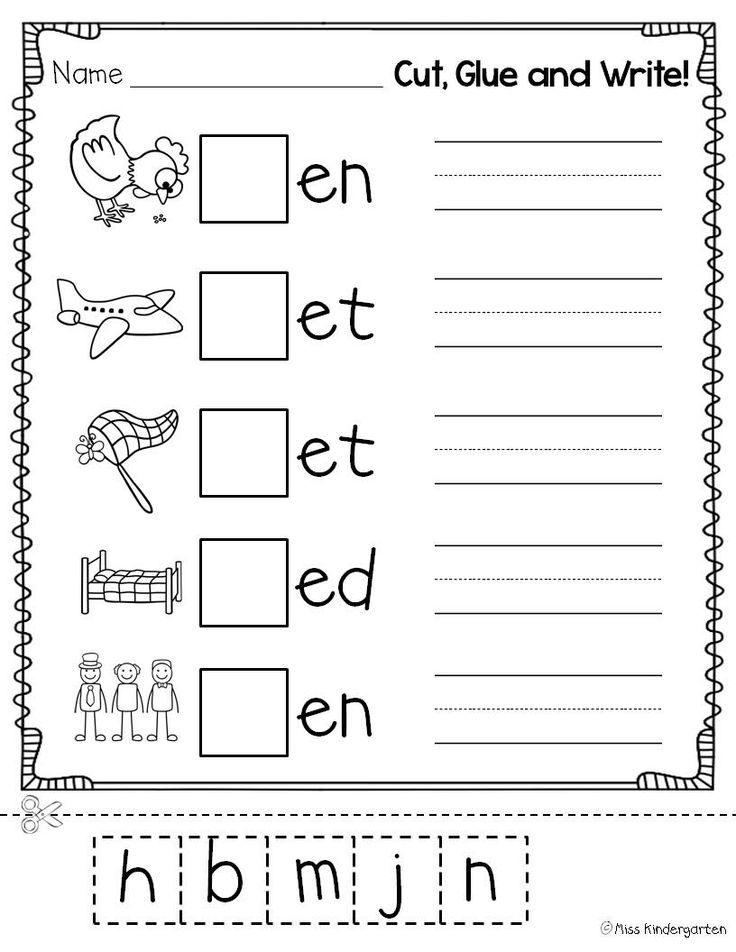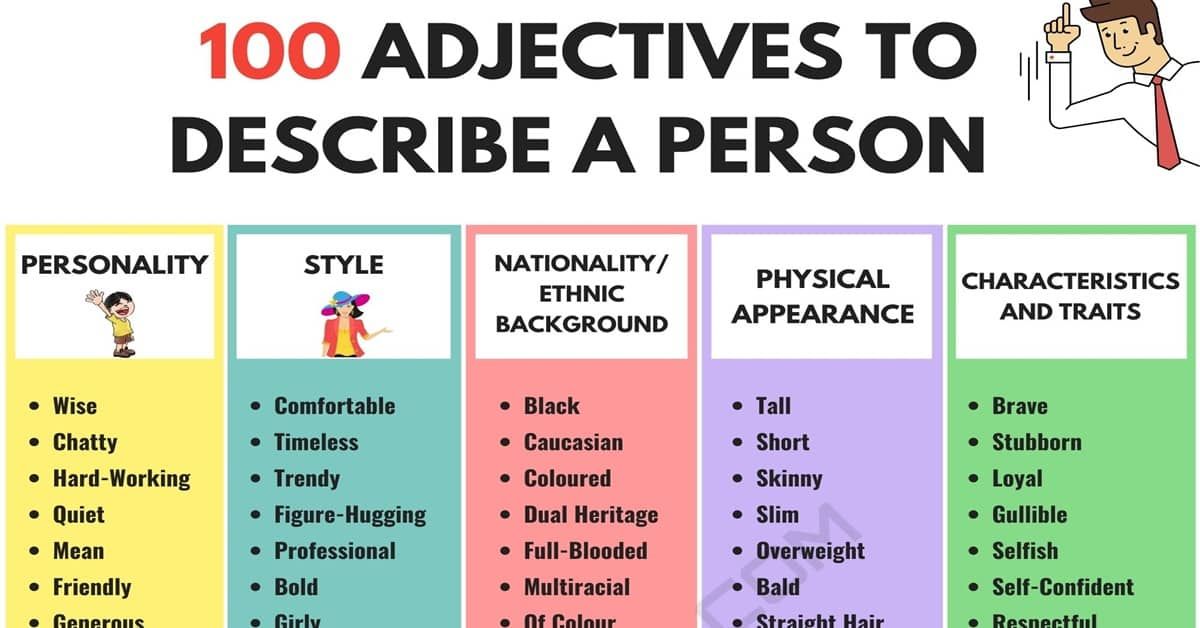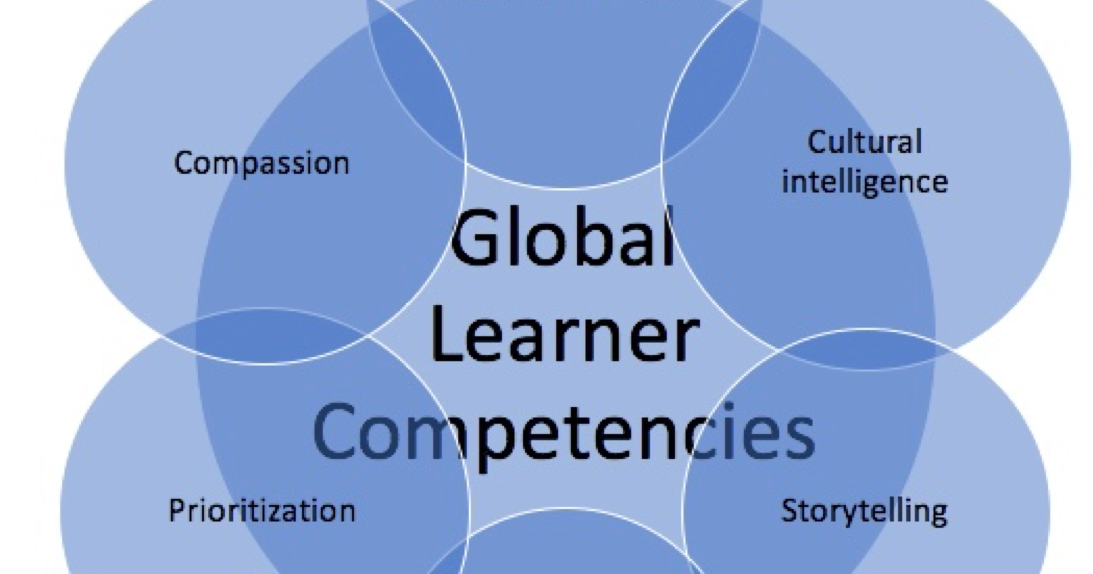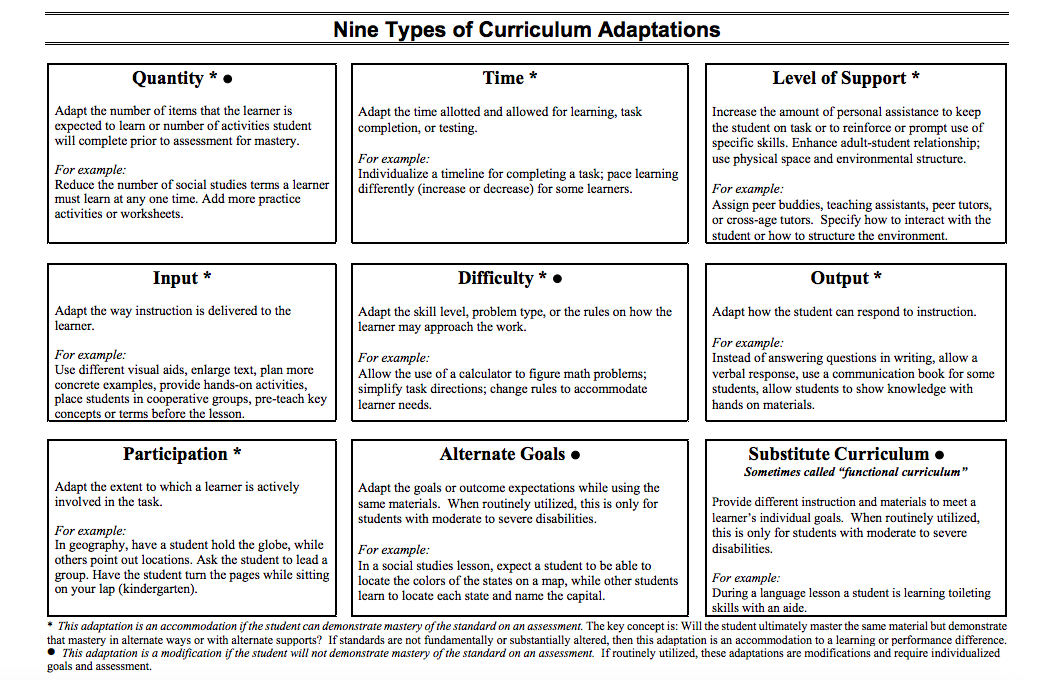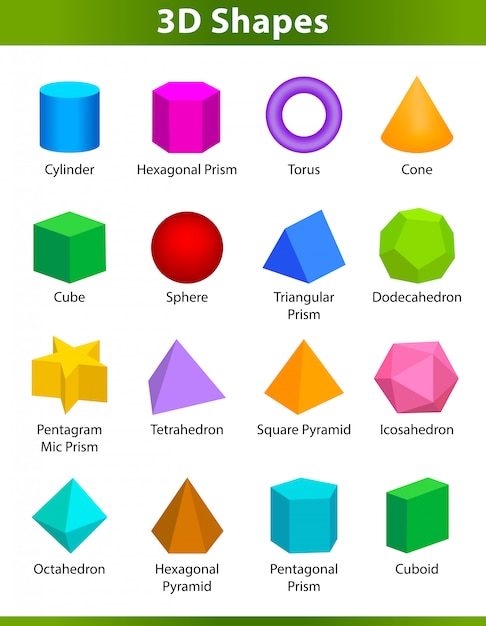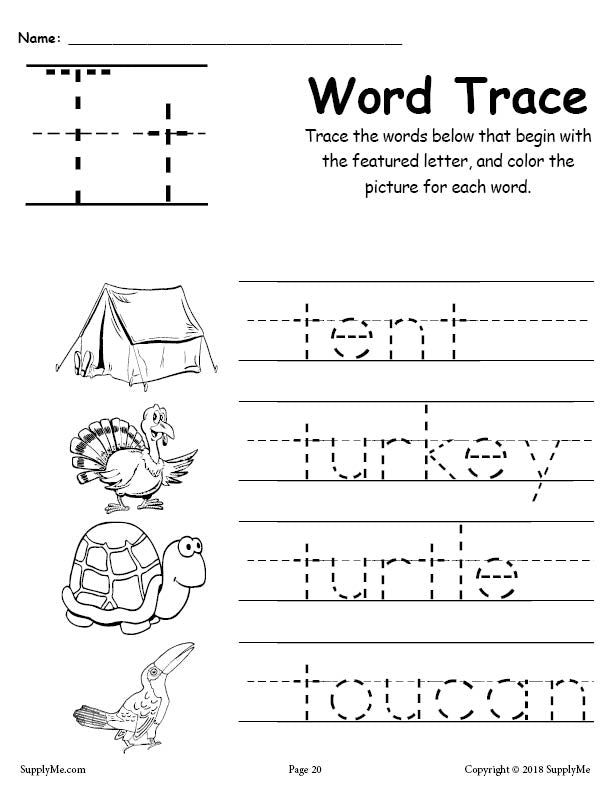Learning reading program
Learn Reading
Scroll
A Multisensory Reading Program for Struggling, Dyslexic or Emerging Readers
THE LEARN READING LESSONS
The research-based, multisensory reading curriculum for struggling, dyslexic and emerging readers.
Want To Join My Adult Reading Class?
Click the button below to learn more!
Learn Reading is an Orton Gillingham and research based, multisensory, direct, explicit and comprehensive reading program.
Learn Reading has helped thousands of THE MOST STRUGGLING readers.
It can help yours too.Your student will be taught the
“Pencil Reading” blending technique to help them blend to the end.Your student will be taught the
“Vowel Placement Strategy” to help them know WHAT each vowel will say and WHEN.Your student will be taught using the
“Give a Goal” technique so they will learn how to read, NOT how to guess.
Chira Speers
“I love this course so much! My second grader has always struggled with reading...she spends most of her time decoding and trying to say the right word. This Learn Reading program has been amazing! She can break down the words and sound them out. She's reading new words that are fun and silly. This program forces her to slow down and think about each letter and word. Plus, it's fun to play the games together! Thank you so much for creating such an amazing program and sharing it!”
Daleea Barrett
“Over the moon excited about your program! The Tutor Training Guide is excellent.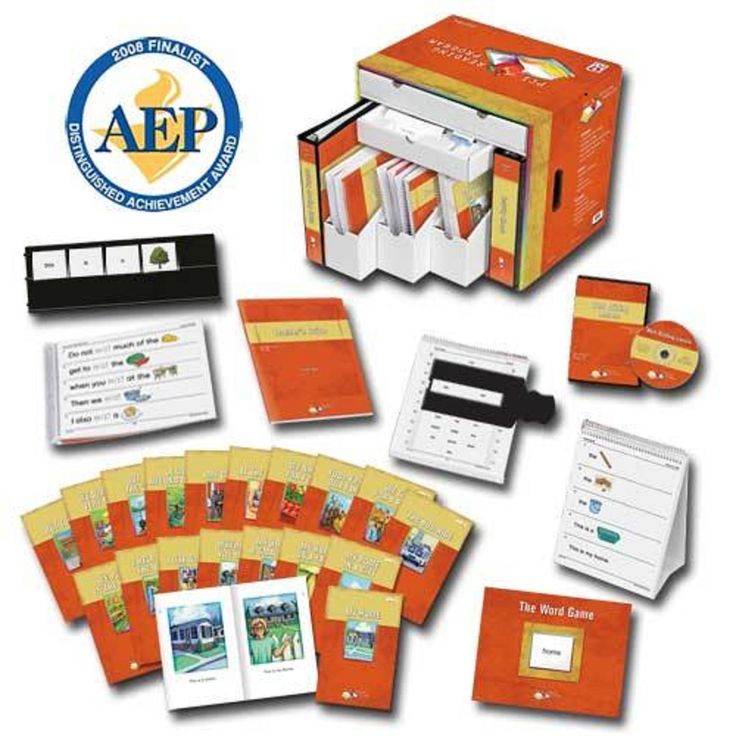 Not only does it walk you through step by step, it breaks it down and explains why you do this, and the importance of it....From what I have seen so far, the concept as a whole is brilliant!" step by step, it breaks it down and explains why you do this, and the importance of it....The concept as a whole is brilliant!”
Not only does it walk you through step by step, it breaks it down and explains why you do this, and the importance of it....From what I have seen so far, the concept as a whole is brilliant!" step by step, it breaks it down and explains why you do this, and the importance of it....The concept as a whole is brilliant!”
Amy Badger
“I have been using the Learn Reading course with my 5 year old preschooler and my 3rd grader. Both of them have been enjoying the well thought out activities and simple to follow methods for learning to read. It has been so rewarding to see how quickly the concepts make sense to everyone and confidence grows exponentially through the process. I have been so grateful to have round such a well thought out course that makes such a challenging task like learning to read doable and enjoyable for all of us!”
THE LEARN READING PROGRAM
$5/LESSON
The ONLY multisensory, research-based reading program that teaches “pencil reading”, the “give a goal” method and the “vowel placement strategy”, all proven to eliminate guessing in even the most struggling readers.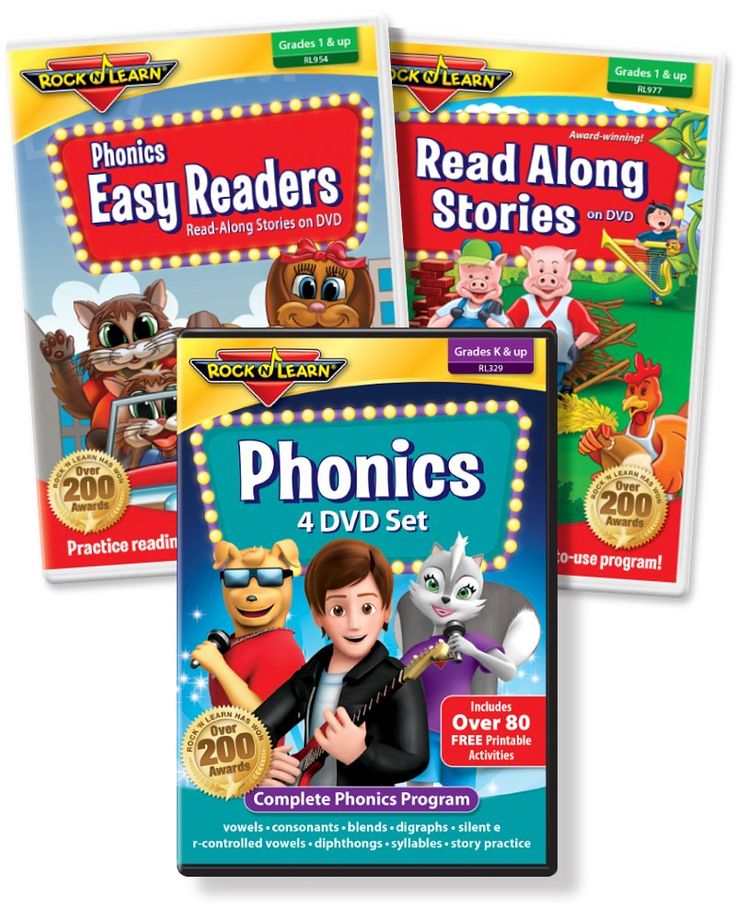
Includes:
Quick Training Guide
Video Tutorials
All Materials Needed
Downloadable, printable lessons
Free, unlimited support from April McMurtrey
THE LEARN READING LIBRARY
$6/MO
Receive ALL the training and tutorial videos in one place, AND the entire Learn Reading document cache. EVERY video and document (exluding the Learn Reading lessons) from EVERY course is included.
Includes:
Over 300 tutorial videos
Entire Learn Reading document cache
All 8 supplemental readers
Spelling words for every Learn Reading lesson
THE AT-HOME DYSLEXIA SCREENING
$89/SCREENING + REPORT
Receive a comprehensive, at-home dyslexia screening for students ages 6-106.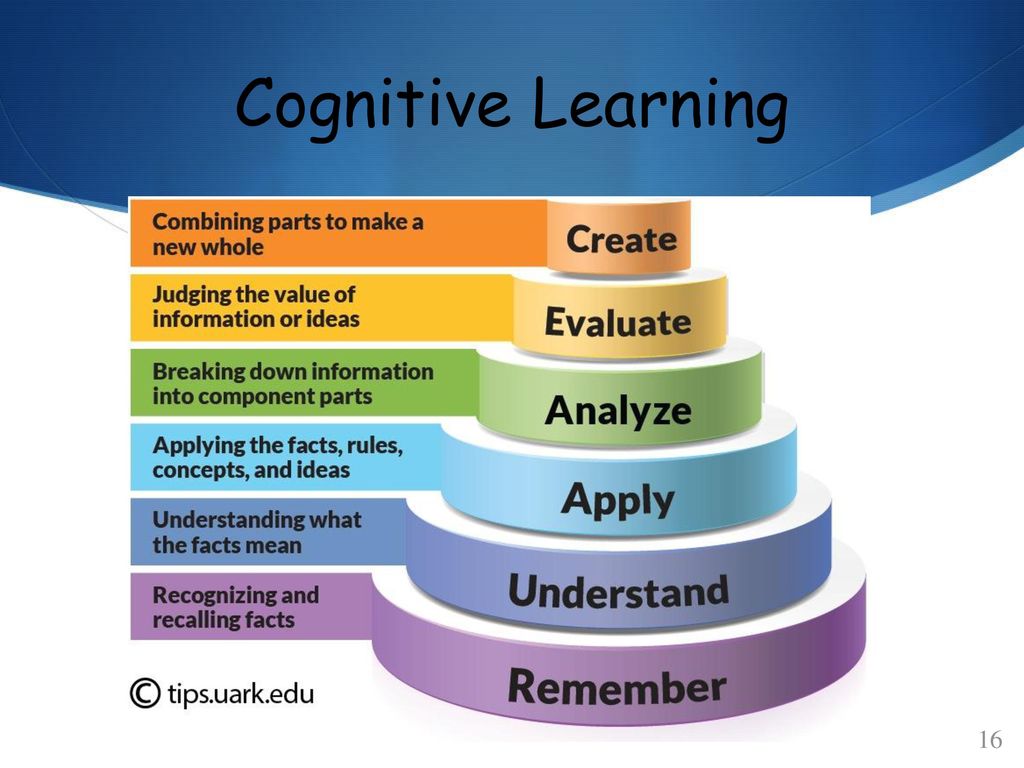 You will finally know IF your student fits the dyslexia profile AND what to do next if they do.
You will finally know IF your student fits the dyslexia profile AND what to do next if they do.
Includes:
Quick video guides for both screener and student
11 different screening tests
A comprehensive, personalized report detailing the results and recommended next steps.
HOW TO TEACH READING
$77
Designed for parents to know how to best help their children with reading at home. In-depth instruction on the 5 essentials to teach reading effectively and what techniques to AVOID.
Includes:
Tutorial Videos that will teach you EXACTLY how to teach reading
All materials necessary to begin teaching immediately
A FREE gift of the FIRST 5 LESSONS in the Learn Reading Program!
TEACHING TIPS for PARENTS
$77
April’s favorite course! This course is packed FULL of teaching ideas which include specific techniques for those dealing with dyslexia and/or adhd.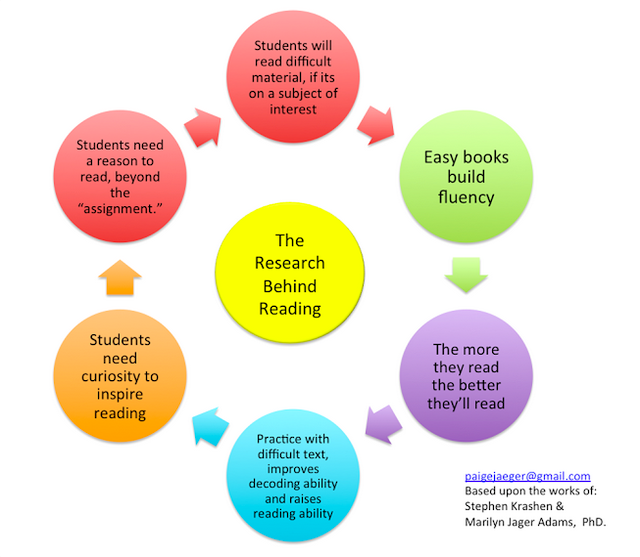 A must have for homeschool parents and tutors.
A must have for homeschool parents and tutors.
Includes:
Specific ways to teach students with dyslexia and/or adhd
Techniques for handling frustration, confusion or fear.
A FREE GIFT of the Teaching Tips e-book!
READING INTENSIVE WORKSHOP
FREE for Adult Nonreaders
This 2-week course is for ADULT NON-READERS ONLY. If you can read this description, then this course will be too easy for you and you should begin with Lesson 1 of the Learn Reading program (above).
Includes:
PRESCHOOL PACKET
$18
A 5-week course designed for children ages 3-6. The first 5 most common graphemes/phonemes are taught to prepare them for lesson 1 in the Learn Reading program. Plus recommended games and activities!
Plus recommended games and activities!
Includes:
Daily lessons for 5 weeks of focused teaching.
Training guide and videos
All materials necessary
Recommended activities for continued practice.
LEARN READING WORKBOOKS
$88/EA
These physical workbooks are an ALTERNATE CHOICE for those who prefer not to print each lesson in the Learn Reading program. They include the exact same lessons, training and coursework as in the online course.
Includes:
LEARN READING GAME CARDS
$34-42
Professional, boxed game card sets for every lesson in the Learn Reading Program. Each box contains PAIRED word cards (including WILD cards) for extra practice in each lesson. A must for tutors!
A must for tutors!
Includes:
Paired word cards for every lesson in the Learn Reading program.
Several WILD cards per box for games like “Slap it” or “Memory”.
Hours of fun learning to read!
Learn more
Includes:
Lesson 1
80 True Sight Words
Sight Word Games and Activities
Phonemic Awareness Exercises
Correct Sounds Audio Clip
Correct Sounds PDF
5 Essential Requirements to Teach Reading Effectively
Dyslexia Pre-screening
Reading Level Assessment - COMING SOON
All testimonials for Learn Reading are given on a volunteer basis. None have been paid or received any compensation. They are all simply happy parents.
None have been paid or received any compensation. They are all simply happy parents.
Learn Reading is the breakthrough program that helps even the MOST STRUGGLING students.
Authority Magazine
Thrive Global
Dystinct Magazine
Looking for a licensed Learn Reading tutor?
Contact: [email protected]
Learn Reading Library
Library
$6/mo subscription
(Introductory offer. Normally $11/mo)
Yes! I Want the Library!
YOU WILL RECEIVE:
OVER 300 VIDEOS!
- ALL training videos for the Learn Reading program
- ALL videos in the "How to Teach Reading" course
- ALL videos in the "Teaching Tips for Parents and Teachers" course
- ALL Teaching Tips Videos for Students with Dyslexia and/or ADHD
- The COMPLETE Reading Intensive Workshop Course!
- ALL Supplemental Readers for ALL Learn Reading Lessons!
- Approved Spelling Words for Every Learn Reading Lesson!
- ALL videos in the "Dyslexia Screening Kit"!
- ALL Learn Reading YouTube videos (continuously updated)
- ALL Live Lesson Videos!
- ALL Learn Reading TikTok videos (continuously updated)
- ALL Correct Sounds Audio Clips
- ALL Learn Reading Full Length Webinars
- ALL Learn Reading Case Studies
PLUS!. ..
..
- Learn Reading Tutor Training Guide
- Word Games and Activities
- 80 True Sight Words List
- Phonemic Awareness Exercises
- Correct Sounds of the Alphabet
- Vowel Placement Charts
- Sight Words Game Graphic
NOTE: The document library does NOT include the Learn Reading lessons. You may access the Learn Reading lessons here: Learn Reading Lessons - Level 1.
PLUS!...
- Included in the Library Due to Popular Demand!
- ALL 8 Supplemental Readers for ALL the Learn Reading lessons!
- 5 Short Stories PER Lesson!
- Controlled Text to Eliminate Guessing!
- Extra Reading Practice After Every Lesson!
- Printable PDFs For Your Reader to Enjoy!
- Written Specifically for Each Lesson in the Learn Reading Program.
PLUS!...
- Included in the Library Due to Popular Demand!
- A List of Approved Spelling Words for Every Learn Reading Lesson!
- ONLY Contains Words That the Reader Has Learned HOW To Read and Spell.
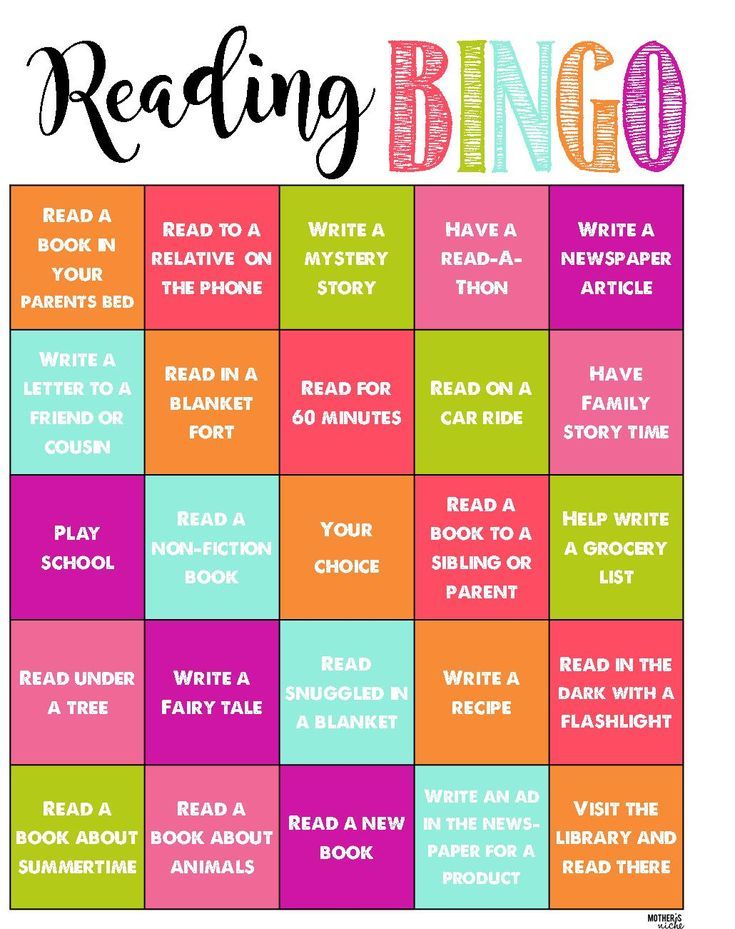
- Controlled Text to Eliminate Guessing!
- Extra Spelling Practice After Every Lesson!
- Written Specifically for Each Lesson in the Learn Reading Program.
- Finally, Enjoy Anxiety-Free Spelling Tests!
PLUS!...
- 95 pages of April's favorite teaching tips!
- Rule #1 when it comes to teaching!
- How to teach kids with dyslexia!
- How to teach kids with ADHD!
- How to keep learning positive!
- How to make learning fun!
- How to encourage the sad, discouraged, or fearful student.
- How to keep going, when YOU are discouraged!
Discover April's collection of FAVORITE tips that she has used over her 30+ years of teaching!
This 95-page ebook is yours free with your subscription!
Yes! Enroll me in the Library for $6/mo
“This library has all of the content that I could possibly hope for! It is also very helpful that there is continuing content being updated regularly. It's a one stop shop!!”
It's a one stop shop!!”
HANNAH SEANEY
What You'll Get With Your Subscription:
With Continual Updates!
- Get!...THE COMPLETE LEARN READING VIDEOS VAULT!
- Plus!...THE LEARN READNG DOCUMENT VAULT!
- Plus!... CONTINUOUS UPDATES WITH CONTINUOUS ADDITIONS!
- Plus!....ALL 8 FULL SUPPLEMENTAL READERS!
- Plus!....APPROVED SPELLING WORDS FOR EVERY LESSON!
- Plus!...THE TEACHING TIPS FOR PARENTS AND TUTORS EBOOK!
Stay on top of April's continuous teaching tips, live examples, challenges, news, and more!
You'll never miss a thing!
WHO IS APRIL MCMURTREY?
- Certified Teacher
- Certified Reading Specialist
- Certified Dyslexia Therapist/Tester
- Certified Irlen Syndrome Screener
- Professional Educator/Presenter
- Teacher Trainer
- 30+ Years Teaching Reading
- Developer of the Learn Reading Curriculum
Enroll Me Now →
WANT THE LEARN READING LESSONS?
Learn Reading is an Orton-Gillingham and research based, multisensory, direct and explicit reading program.
It is designed for earners of ALL ages and levels, but caters specifically to
struggling, dyslexic, and emerging readers.
FOR ACCESS TO THE LEARN READING LESSONS
CLICK HERE.
I Want Access to the Library! →
30-DAY MONEY BACK GUARANTEE!
YOU MAY CANCEL AT ANY TIME.
(Access to the library will be discontinued upon cancellation.)
©2020 Conceptual Company. All rights reserved. Privacy Policy | Created with Leadpages
Reading training program for preschoolers, Teaching a child to read
For parents of preschoolers > Useful for parents
Bardova Lidia Georgievna
How good it is to be able to read!
Don’t pester your mother,
Don’t shake your grandmother:
“Read, please, read!”
Don't beg your sister:
"Well, read another page.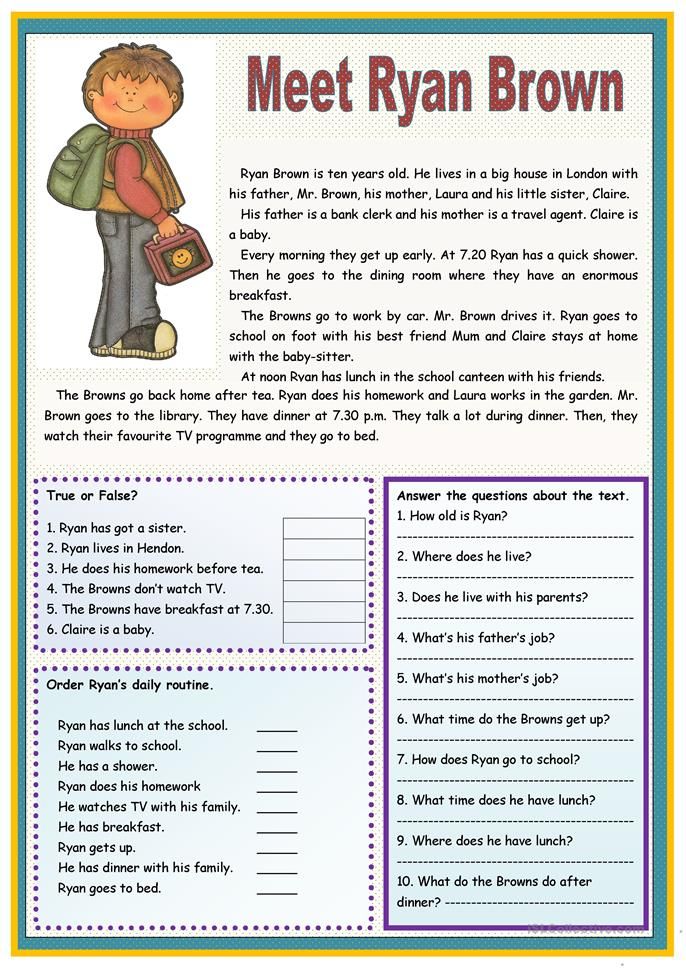 "
"
No need to call,
No need to wait,
Or you can take
And read!
Valentin Berestov
"Teaching a Child to Read" is an effective and affordable program for teaching preschoolers fluent and conscious reading.
Problems in teaching young children to read.
Reading is an amazing means of understanding the world. We use this tool every day in a variety of situations. At any moment we can satisfy our curiosity by opening a book or turning on a computer. Over the long years of study, the process of reading has reached us to automatism. We read without difficulty, and sometimes it seems to us that there is nothing easier than reading.
If a preschooler grows up in a family, then parents face the question: how to teach a child to read. In the old days, children were taught to read at school, but now, following some unwritten rule, the child must enter the 1st grade as a reader.
I must say that the parents themselves learned the basics of reading many years ago, and, of course, forgot how laborious and complex this process is.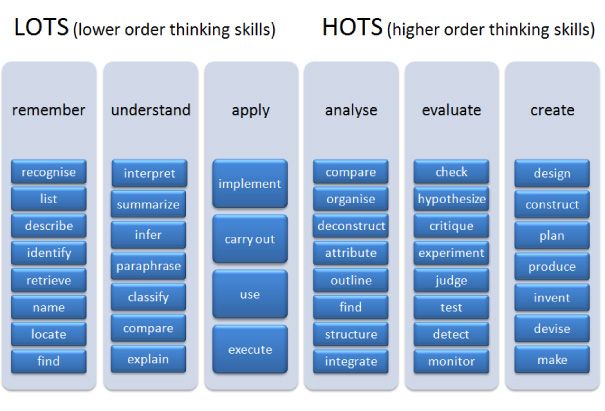 Therefore, many of them enthusiastically undertake to teach their child this “simple”, as they consider, process. And if the child is easily trained, then the parents cope with this work without problems.
Therefore, many of them enthusiastically undertake to teach their child this “simple”, as they consider, process. And if the child is easily trained, then the parents cope with this work without problems.
However, many parents face great difficulties in teaching their children to read. This forces them to look for the necessary information on the Internet and on the bookshelves, where it is now, by the way, countless. However, often this information is either difficult for home use, or very ineffective. Therefore, some parents, whose family budget allows this, resort to the help of tutors.
What about other parents? Who will teach their children to read?
It turns out that preschoolers have become hostages of this difficult situation.
An effective children's education program.
For parents who would like to help their child learn to read, this guide has been developed. When compiling it, the experience of the most successful primary school teachers, as well as tutors preparing children for school, was used.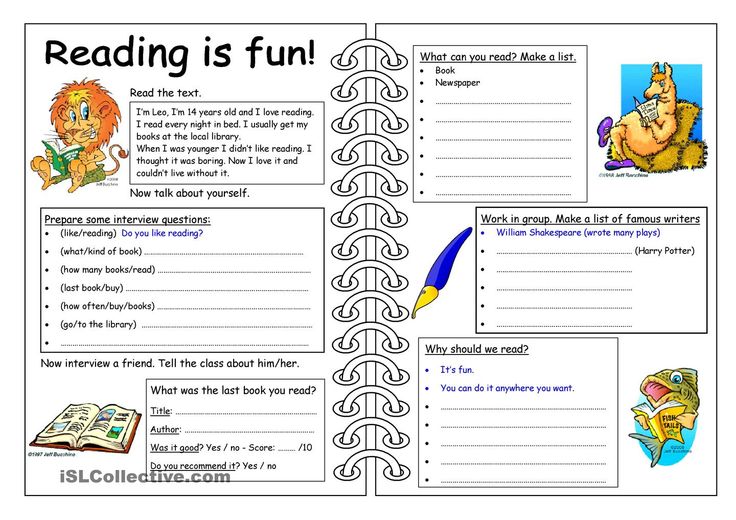 This program is based on the well-known rule: any hard work will become easy if:
This program is based on the well-known rule: any hard work will become easy if:
- correctly divide it into parts, i.e. - dose correctly;
- and then arrange these parts in a strictly defined sequence.
In the proposed program, the sequence of studying letters and syllables differs significantly from the generally accepted traditional system at school. And the amount of material for each lesson is dosed, taking into account the fact that at this age the attention of children is extremely unstable. Therefore, you need to deal with a child for about 10-15 minutes a day.
It is this sequence of each session and precisely this dosing of these activities that have become the main advantages of this program.
And one more of its advantages is that an adult does not have to have a pedagogical education to work under this program: it is enough for him to show a sample of reading and achieve its repetition.
Recommendations.
- Create and maintain a positive classroom environment.
 Show maximum patience, do not rush the child while reading, tell him at a critical moment. Never scold him, praise him with or without reason.
Show maximum patience, do not rush the child while reading, tell him at a critical moment. Never scold him, praise him with or without reason. - Currently, various gadgets do nothing to awaken a child's interest in reading. Moreover, some children openly express a stubborn unwillingness to read. Given this circumstance, classes should be started in a mild form, without pressure and coercion, reaching agreement with the child, taking into account his desires, but at the same time showing some perseverance. And, due to the fact that these classes are short in time and small in volume, after a few days the child positively perceives the process of reading.
- Set yourself and your child up for daily activities (except weekends) , make them an obligatory item of the daily routine.
- Teachers and psychologists argue that each child has his own pace of learning. That is why this program does not indicate the time frame for passing a particular lesson.
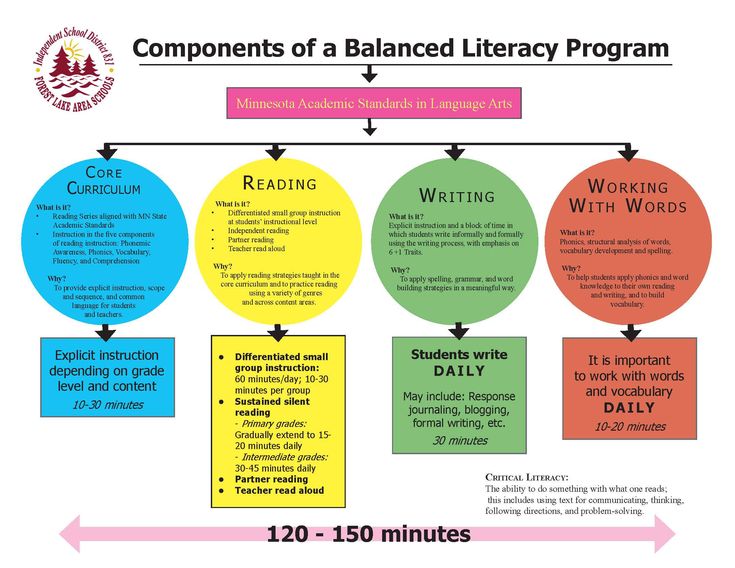 But, to achieve good results, one very important rule should be observed:0028 the child reads without errors and at a good pace. Throughout all classes, this is the most important rule. Strict observance of it leads to the formation of one of the most important skills in a child - the skill of confident reading. And this is the foundation on which fluent reading is subsequently easily developed.
But, to achieve good results, one very important rule should be observed:0028 the child reads without errors and at a good pace. Throughout all classes, this is the most important rule. Strict observance of it leads to the formation of one of the most important skills in a child - the skill of confident reading. And this is the foundation on which fluent reading is subsequently easily developed.
The word is up to adults.
The purpose of this program is to make it as easy as possible to teach reading, not only for children, but also for adults. It includes 28 lessons that clearly show how much work a small child has to do in order to learn to read. For example, one two-letter syllables will have to learn more than 150 options.
If parents decide to walk this path together with their child, they are worthy of the deepest respect and reverence. And as a reward for this work, parents will repeatedly experience feelings of joy for each success, as well as pride in themselves and in their child.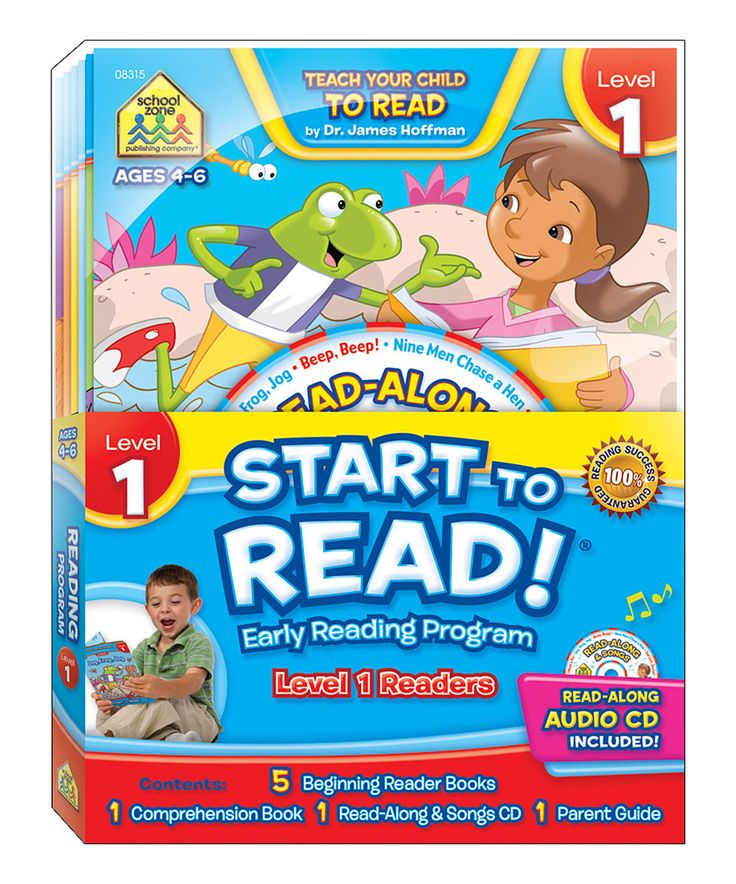 And then all the difficulties that have to be overcome during this time are forgotten.
And then all the difficulties that have to be overcome during this time are forgotten.
And one more important factor: such joint activities and success bring adults and children much closer.
Experience shows that love for a child, patience and regular practice necessarily lead to the fact that by the end of learning to read under this program, the vast majority of children read at the level of a student completing grade 1, and some even better . Surprisingly, this result is achieved with just 10-15 minutes of practice per day! Of course, such a result justifies any time spent on these classes.
Teach your child to read easily and with joy!
Good luck to you and your child!
Classes for teaching reading to preschoolers
Content of the classes.
The number of syllables and words selected for each lesson is quite enough to learn to read, but this is subject to the rule mentioned above: the next lesson should be started only when the syllables and words of the previous lesson are read by the child error-free and confident.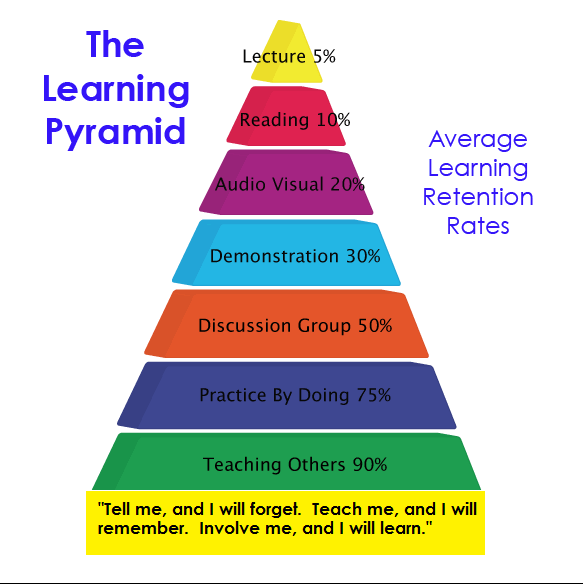
Lesson 1.
First, learn 20 consonants. They should be pronounced briefly, abruptly, without overtones. You can't pronounce Be, We, Ge...
At first, we learn only capital letters together with the corresponding picture, then we read them without pictures.
B C D E F G K L M N
R S T V W Y Z
Lesson 2 HA TSA CHA SHA SHA
Session 3.
We tell the child that a capital letter at the beginning of some words means that this word is someone's name.
MA-MA PA-PA PA-RA LA-PA BA-BA RA-NA
SHA WA-ZA LA-MA WA-TADA-CHA PA-NA-MA ZA-DA-CHA MA-SHA DA-SHA
SA-SHA TA-MA-RA NA-TA-SHA PA-SHA
Lesson 4.
BO VO DO ZHO ZO KO LO MO NO PO RO SO TO FO HO TSO CHO SHO
Lesson 5.
NO-SHA RO-ZA DO-MA WE-LO SA-MA RO-SHA
KO-ZHA RA-BO-TA RO-MA VO-WA SO-FA ZHO-RA
Lesson 6.
Bu yu gu zh zhu uhuhu ahu ou ou ou ou ou ru
Su fuh huh shchi shch
Lesson -ZHA RU-KA PU-MA
SU-SHA SHCHU-KA SHU-BA TU-CHA BU-MA-GA
RA-DU-GA KU-KU-RU-ZA
Lesson 8.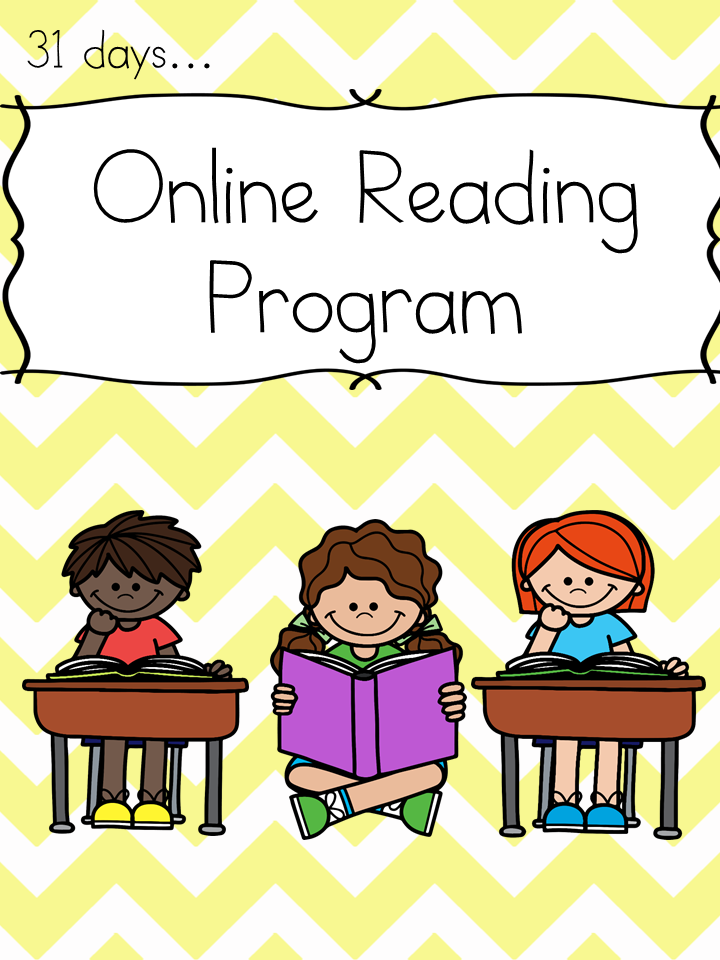
WOULD YOU GY DY ZY KY WE
NY PY RY SY YOU FY HY TSY
Lesson 9.
FISH-BA RO-ZY RA-WE SHAR-RY
MOUNTAIN GU-BY ZU-BY 009 KU-BY 009 -SY BU-SY KO-ZY BA-NA-NY
BA-RA-NY FOR-BO-RY BA-RA-BA-NY
Next, we begin to read syllables and words with the letters I, E, Yo, Yu, I. All these letters soften the consonant after which they stand. The letter b also softens the consonant, but it will be studied in lesson 26.
Lesson 10.
0003
SI TI PHI HI QI CHI SHI SHI
Lesson 11.
This lesson may cause some difficulties, because soft and hard consonants will alternate in these words. Usually it requires 2-3, and possibly more sessions.
PI-LA PO-NI NO-GI RU-KI KI-NO KO-NI -LI-NA SU-HA-RI DO-MI-KI
MI-NU-TA MA-KA-RO-NY VI-TA-MI-NY
Lesson 12.
KE LE ME NE
PER SE TE FE HE TSE CHE SHES
Lesson 13.
PO-LE SEA-RE SE-NO CA-CHE-LI CHU-DE-SA
PE-TOU-HI DE-TI GA-ZE-TA LE-NA LE-RA
GE-NA VE-RA WA-LE-RA
Lesson 14.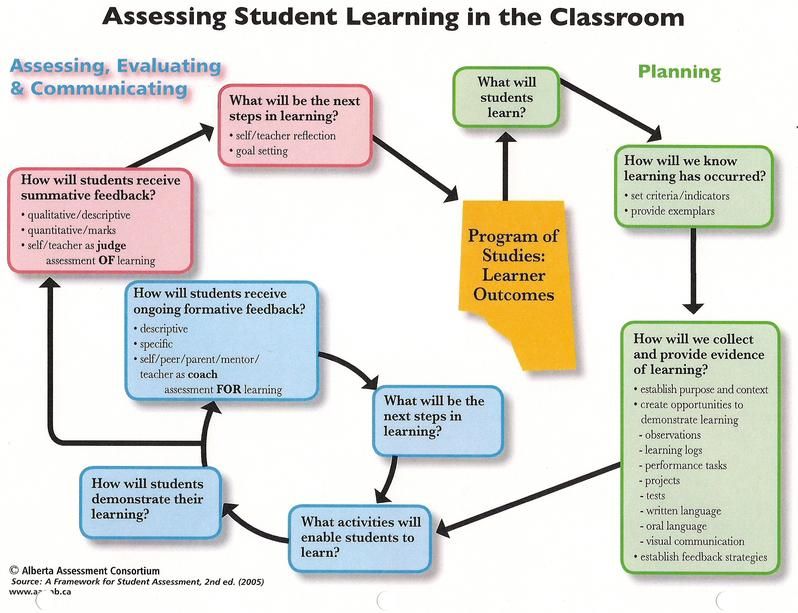
Hyo CHO SHE
Lesson 15.
BE-ROO-CHOO-KEE-Ma-Ma
SE-RE-RYO-INE-MAS
Lesson 16.
BYA VYA GYA DYA KYA LA MYA
NJA PYA RYA XYA THA FYA HYA
Lesson 17 SIA KA-CHA FE-DIA NA-DIA MI-CHA SO-NYA V-CHIA
FE-NYA TO-LA PE-CHA GA-LA TO-NYA KO-LA
MA-RU-SIA
Lesson 18.
BYU VU GU DU ZU KYU
LU MU NYU RYU RYU SU TYU
Lesson 19. -SHA
VA-LU-SHA I-LU-SHA YU-LA
Lesson 20.
In this lesson, you need to enter small letters a, b, e, e. and na-ny shu-ba ry-ba ra-bo-ta for-bo-ry
Lesson 21.
Show the child how to read three-letter words (at first, the vowel should be pulled a little, but only at the very first time) .
cancer house smoke rice whale juice forest poppy honey varnish soup son cheese mouth cat dog our beetle world shower hour noise chalk
Activity 22 air-spirit doc-tor far-tuk fan-tic bridge-tic log-nal shash-lyk lan-dysh rain-dick pocket
Lesson 23.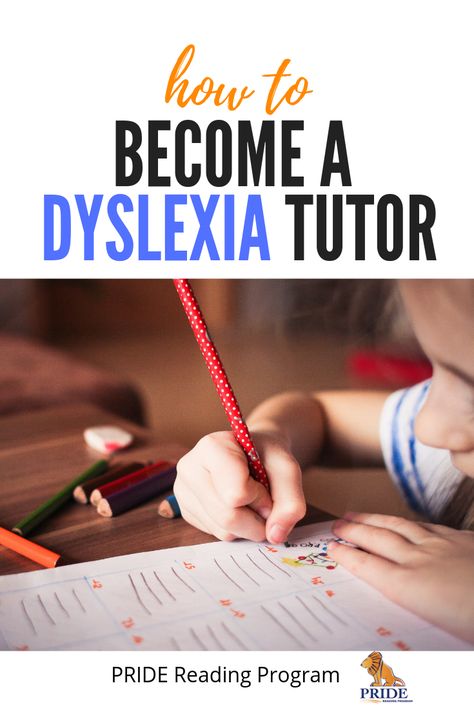
river rep-ka pal-ka stove set-ka half-ka weight-on vet-ka fork-ka sum-ka ban-ka kuk-la buk-wa man-ka met-ro barrel-ka mis-ka thread-ka shor-you brush-ka
skewers cup sushi hat
dance mouse cat
Lesson 24 -horn to-por dya-tel tu-man
ve-ter ve-cher sa-har ry-bak ka-tok ko-tik
Lesson 25.
yu-la u-shi ut-ka az -bu-ka um-ni-tsa ig-ra ik-ra el-ka ar-booz A-li-na u-li-tsachai my may may-ka your tea-nick sa-rai zai-ka white ig -paradise kind Yu-la mu-ra-vey your own
Lesson 26.
salt dust shadow day king horse goose stump pain pain-but more money-gi pal-toes lie-reap ki -sel drinks pours drinks seven-family vyu-ga
Activity 27 book school roof
Lesson 28.
la
At this stage, we finish the study of letters, as well as various variants of syllables and words with them. It remains to say that the letter Y is also a consonant letter, but, unlike other consonants, it does not form an independent two-letter syllable with vowels.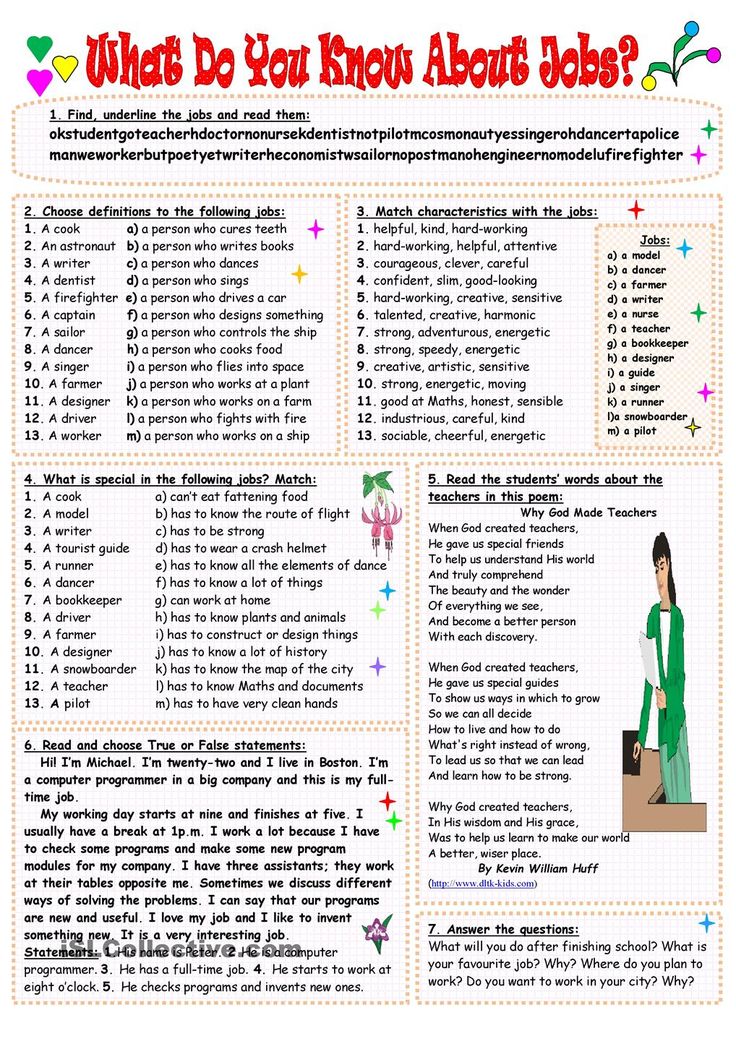
Large binding.
Reading skills can be consolidated through various aids. For example, in the books O. Perova " Primer-simulator" and Bakhtina "Primer" excellent material for these classes is collected. Classes still need to be held regularly, for about a month. The material should be given in small volumes to avoid overworking the child. And remember: even 10-15-minute daily sessions give a very good result.
Reading fluency (step by step) .
- To work on reading fluency, short stories of 4-6 sentences are selected. Suitable material for this is, for example, in the “Primer” by N. S. Zhukova.
- We inform the child of the following goal: “You are well done, you read well. But you're growing up, and so today we're starting to learn to read like adults." The child reads the selected story, and we ask him 2-3 questions about the content of the story. "About what (or what) is written in this story? What is said about him (about them) ? Then we say: “Read the story again, but read a little faster.
 ” We praise the child and ask to read the story again, but a little faster.
” We praise the child and ask to read the story again, but a little faster. - As a result, the child read the story 3 times. Undoubtedly, the child himself will like the fact that he already manages to read some words in whole words. After this, the child must be praised and the lesson ends. At this stage, it is very important to observe the following rule: you cannot demand and, moreover, force a child to read in whole words. Over time, the transition from syllabic reading to reading whole words occurs naturally.
- We start the next lesson by working on the story from the previous lesson. Remind the child that he read this story very well, almost like adults, in the last lesson and ask him to read it now just as well. After that, praise the child and do not work with this text in this lesson anymore, even if the child did not read it very quickly. Let's move on to the next story. We read it 3 times in the same way as in the previous lesson.
- The next lesson, we again start working on the story from the previous lesson.

Reading children's books.
The purpose of these activities is to instill a love of reading .
Children's books should be colorful and with suitable type. During this period, you can read books without dividing words into syllables. And from time to time we remind the child that we try to read like adults because we grow up.
There are many different techniques and ways to increase interest in reading. One of the most effective ways to achieve this goal is as follows: an adult reads the beginning of some interesting story aloud, (for example, children's stories by Nosov, Suteev and other authors are suitable for this) . Further, the adult, referring to being busy, suddenly stops, preferably at the most interesting place and complains that there will be no time to find out what happened next. If the child is sufficiently interested, then he independently continues reading.
Also, to develop interest in reading, you can offer children to read fascinating children's encyclopedias with short informative stories, and then ask the child to tell us what he learned interesting.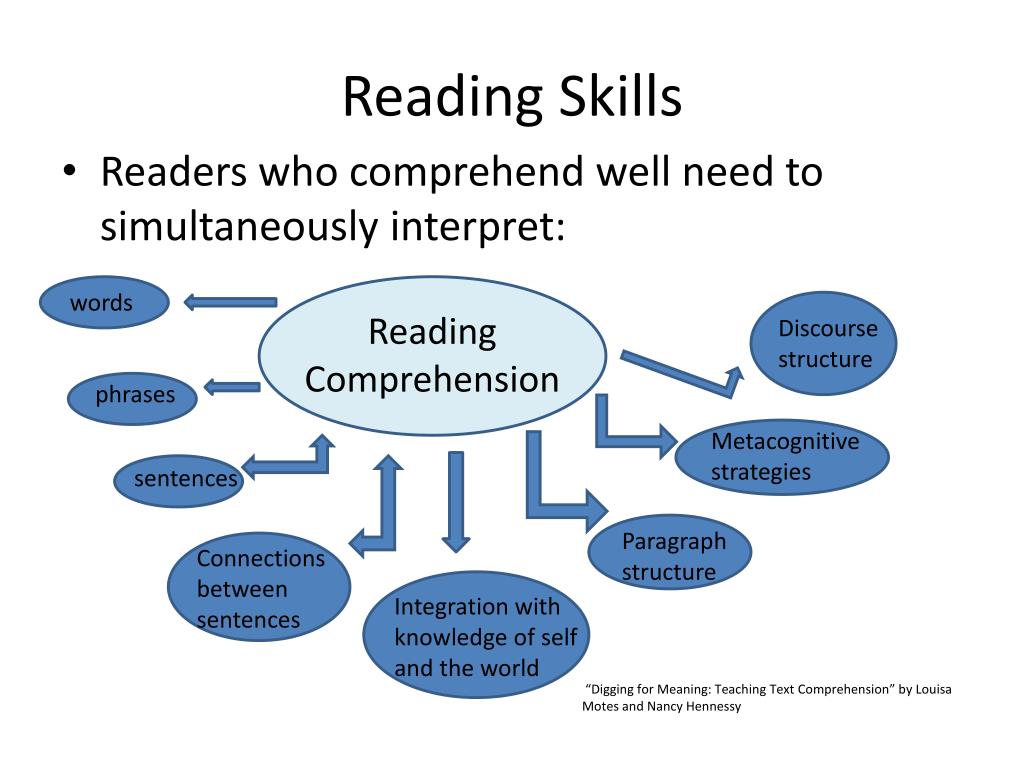 There are a great many such encyclopedias on the market now, we choose them according to the age and preferences of the child.
There are a great many such encyclopedias on the market now, we choose them according to the age and preferences of the child.
For parents of preschoolers:
| | | | |
Read online "Program for teaching reading to preschoolers", Natalia Zdorikova - Litres
© Natalia Zdorikova, 2022
ISBN 978-5-0053-4666-7
Created in the intelligent publishing system Ridero 9002 tasks for teaching reading to preschoolers, their content, time allotted for studying topics, types of activities, recommended forms and methods of teaching.
The program traces the relationship with the areas of educational areas "Development of speech and culture of speech communication" and "Literacy", presented in the curriculum of preschool education, developed for preschool educational institutions with the Russian language of instruction and education; area "Speech development" in the innovative program of preschool education "From birth to school", as well as sections of the program of preschool educational institutions of a compensatory type for children with speech disorders.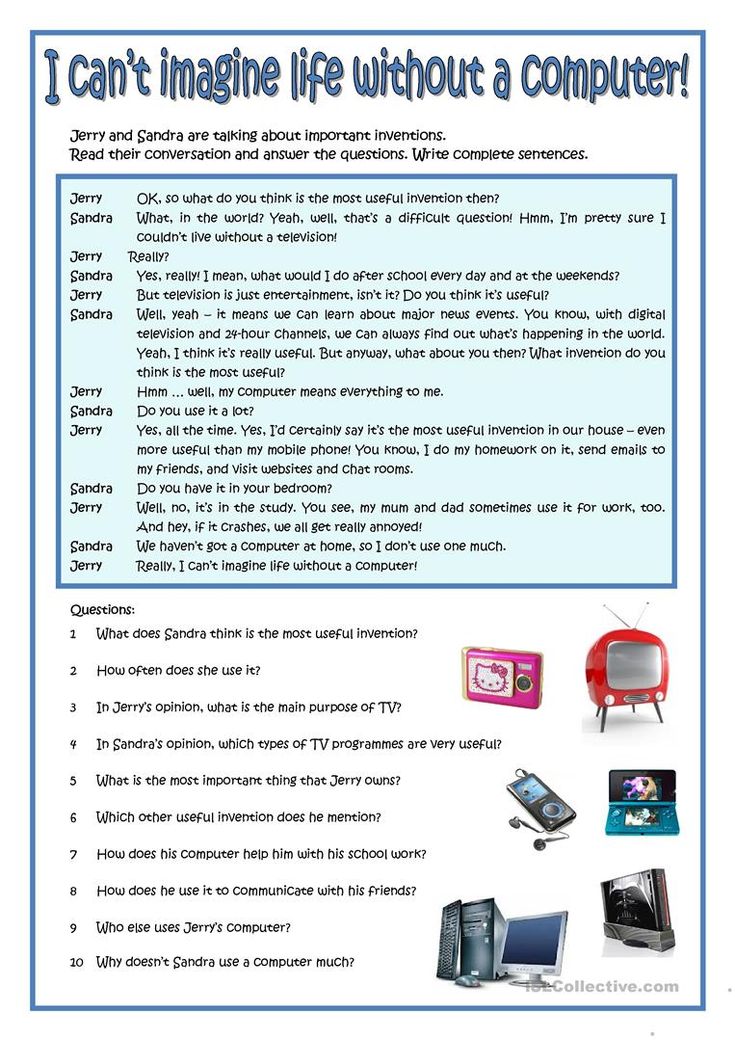 The program is based on the results of modern fundamental research in the field of speech development of a child, on scientific data on the process of forming reading competencies in children and generalized methodological developments of practicing teachers.
The program is based on the results of modern fundamental research in the field of speech development of a child, on scientific data on the process of forming reading competencies in children and generalized methodological developments of practicing teachers.
The structure of an exemplary program for teaching reading includes "Explanatory note", "Characteristics of the child's speech development", "Content", a list of reading competencies and skills of sound-letter analysis, "Technological map of the algorithm for mastering sounds and letters", a list of recommended literature and applications. The section "Characteristics of the speech development of a child" provides a description of the speech development of a child from three to six years old, which reflects the essence of the ways of learning and developing initial reading skills and the formation of reading competencies in children in a variety of activities with the priority of gaming technologies.
The content of the program reflects the target essence of directions for teaching reading, taking into account the intensity of mental neoplasms and taking into account the significance of the unique period of childhood.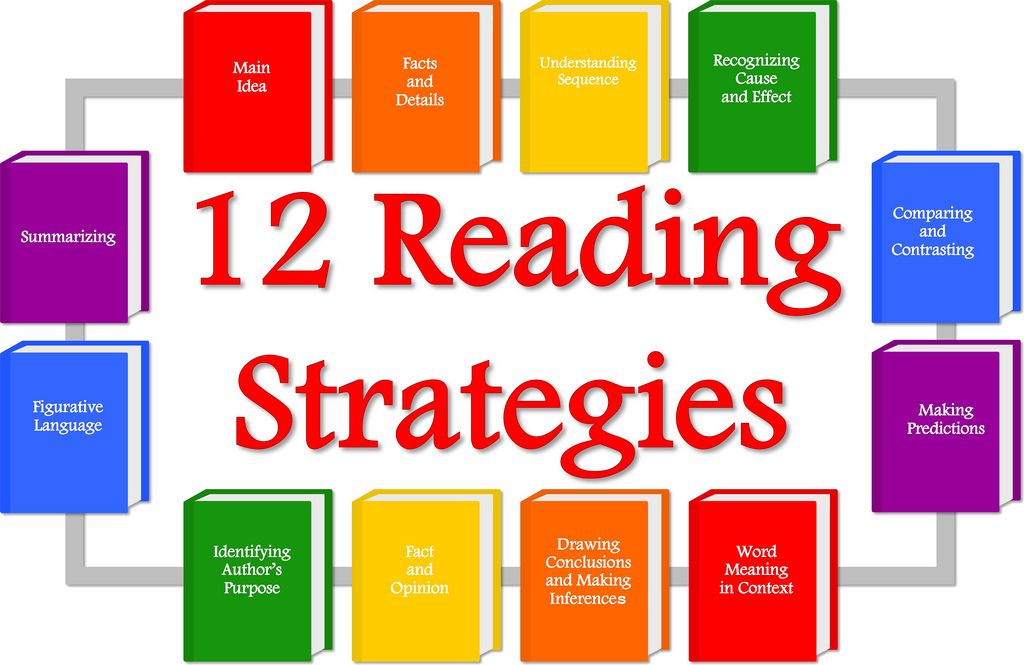 The construction of the content is based on the implementation of the methodological principles of speech development, reflecting the increment of reading skills and their qualitative improvement. These are the principles of the communicative-activity approach, the development of language flair, the relationship between the sensory and mental development of children, and the provision of active practice.
The construction of the content is based on the implementation of the methodological principles of speech development, reflecting the increment of reading skills and their qualitative improvement. These are the principles of the communicative-activity approach, the development of language flair, the relationship between the sensory and mental development of children, and the provision of active practice.
The principle of the communicative-activity approach implies the practical orientation of the process of teaching reading in various types of activities (cognitive practical, gaming, labor, artistic, elementary educational activities, communication activities), and the main areas of work and the selection of language material should contribute to the development of communicative skills.
The principle of the development of linguistic instinct provides the possibility of developing the perception of linguistic reality and the formation of linguistic generalizations in the process of repeated use of similar forms of language at the subconscious level.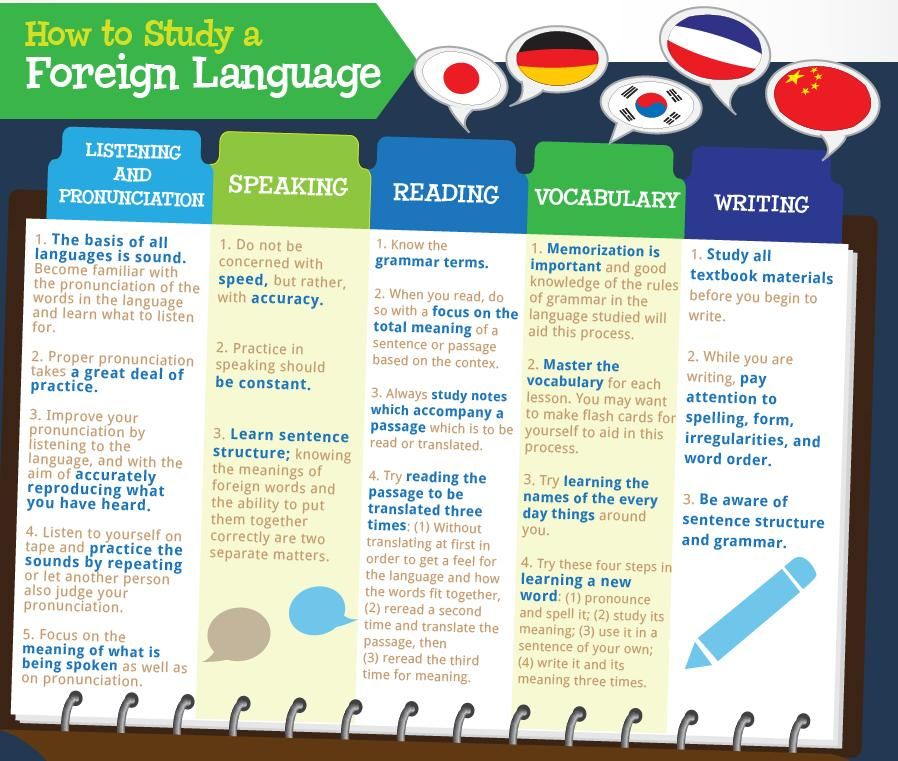
The principle of the relationship between the sensory and mental development of children provides for reliance on sensory representations that form the basis of thinking. Following this principle requires the development of sensory and mental processes in unity, taking into account the peculiarities of thinking and the widespread use of visualization.
The principle of providing active practice implies the need to use reading skills in changing conditions (wide use of gaming techniques, changing activities, motivation, emotional background), which allows them to be consolidated and made more flexible.
The content of the program contains exemplary flow charts of the algorithm for mastering sounds and letters, a list of skills in sound-letter analysis and initial reading, a list of children's reading competencies that are guidelines for teachers and parents in determining the implementation of the content of the program and indicators of the child's achievements.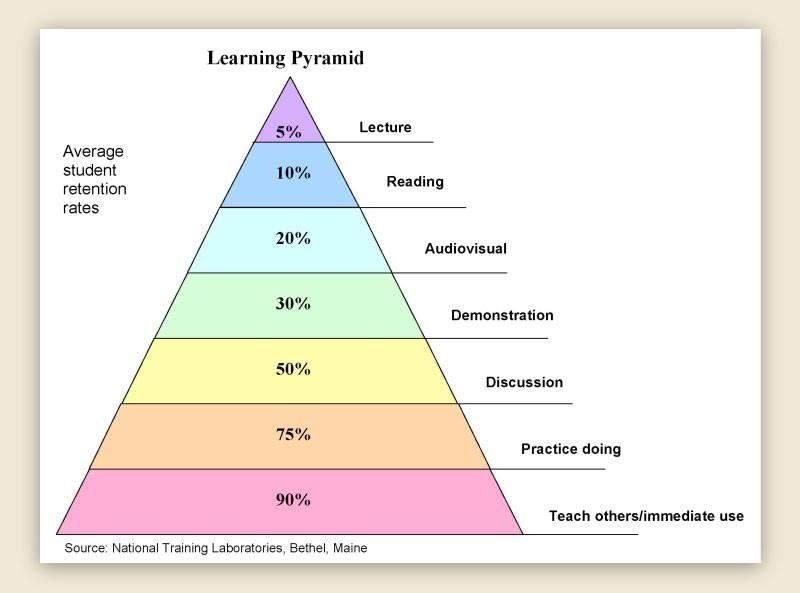 At the same time, it should be borne in mind that the development of reading skills by children should not exceed the maximum possible load on the child and be an end in itself of preschool education, but act only as a means of speech and intellectual development of children.
At the same time, it should be borne in mind that the development of reading skills by children should not exceed the maximum possible load on the child and be an end in itself of preschool education, but act only as a means of speech and intellectual development of children.
The intensification of the educational process in the implementation of teaching reading is carried out on the basis of modern technologies for working with children and provides for the preservation of their mental and physical health. Reading is one of the types of speech activity and is considered by scientists (T.S. Reznichenko and others) as a polymodal process of assimilation of visual and auditory information, which allows developing the functions of visual-spatial and kinesthetic information. This interpretation of the concept allows us to present the process of learning to read as a corrective action aimed at overcoming systemic speech disorders, facilitating the assimilation of the sound-syllabic structure of words and contributing to the accumulation of experience in the use of grammatical categories, the development of coherent speech and awareness of linguistic phenomena.
The content of the program is focused on creating optimal conditions for pedagogical support of the development of reading by preschoolers in line with their general speech development and stimulation of initiative. When teaching reading, it is important to choose methods that correspond to the age characteristics of children (playing, practical, innovative), take into account the type of perception (auditory, visual, kinetic), avoid fatigue, use visualization, both objective and in the form of diagrams, symbols, mnemonic tables.
The method of teaching reading is based on the sound analytical-synthetic method and the positional principle of reading, which requires both the analysis of the sound aspect of speech in the learning process and the synthesis of sounds, syllables, words already when reading. Sounds and letters are not studied in alphabetical order, but in the order of their difficulty in distinguishing from words, pronunciation and images in writing: first, lighter vowels: A, U, O; then consonants: K, T, P, M.